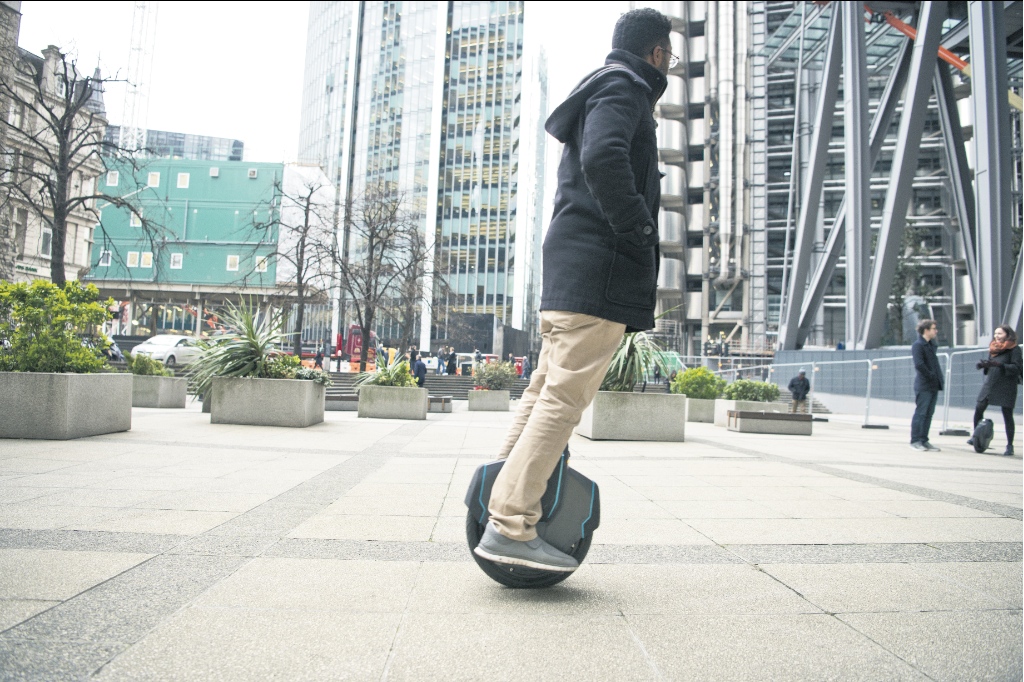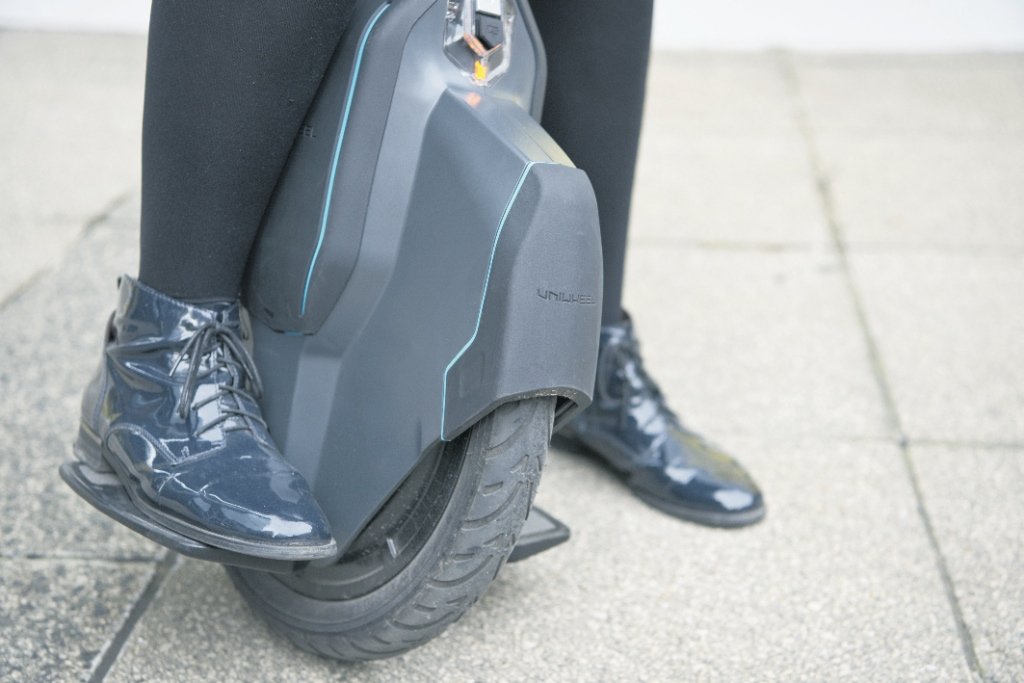The Uniwheel is the British-made alternative to last year’s cheap, exploding hoverboard toys

The last time I attempted to ride a hoverboard, the device turned on me. The supposedly self-balancing bastard hurled my innocent body to the ground and shattered my left elbow before zooming off, filling the air with triumphant bleeps and bloops as it made good its escape. If this was the first punch thrown in the inevitable robot wars, then I am Franz Ferdinand.
Since that fateful day, the ubiquitous scooter-things have been garnering further bad press, spurred on by reports of poor quality parts and faulty batteries. They’re breaking down. They’re bursting into flames. They’re knocking Mike Tyson on his ass and assisting in the theft of crates of Lucozade.
So it was with reasonable trepidation that I first set foot on the next generation of self-balancing doohicky, the Uniwheel. I wouldn’t have dared, but the inventors promise that their machine is nothing like the top-selling, arm-breaking Christmas toy.
For a start, it has one wheel instead of two, resembling a unicycle missing its saddle, with fold-out paddles on either side for your feet. It’s also more powerful than the traditional board-shaped scooters, with zippier torque and better acceleration. If the hoverboard is a rollerskate, the Uniwheel is a rollerblade – lighter, sleeker, more elegant and agile.

But perhaps more importantly, Uniwheel’s inventors say it’s better built than the cheaper boards that flooded the market in time for Christmas, and uses higher quality components throughout. Designed and built in London, the Uniwheel uses a more stable type of high-grade battery – LiFePO 4 – that’s far less prone to failure.
“We opened up one of these [boards],” says Carson Brown, product design engineer at Uniwheel, “and we were shocked at what we saw inside. They’re using the cheapest possible parts. The focus is on churning them out as cheaply as possible, at a price that the retailers are willing to pay.”
The price tag reflects Uniwheel’s commitment to quality – they’re currently available to pre-order for £990. It’s a bugger to learn to use, though. Whereas I was zooming about on the original hoverboard within minutes, I still hadn’t had even begun to get to grips with the Uniwheel after half an hour’s training. It’s precisely as precarious to ride as it looks.
“Think of it as a bicycle or a skateboard,” says Brown, letting me lean on his shouders as I wobble around on the wheel. “You had to learn to ride those too. It takes practice.”
Training over, and with both of my arms intact this time, I can only consider the Uniwheel an unmitigated success. This is what hoverboards were always supposed to be.